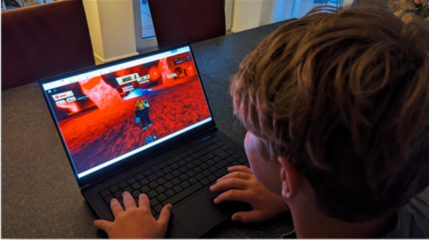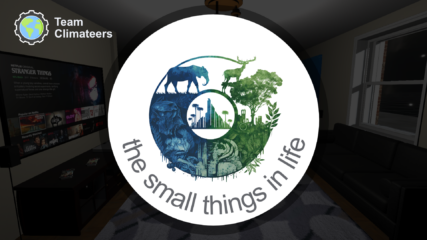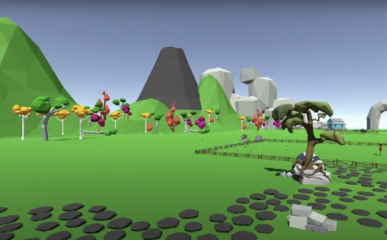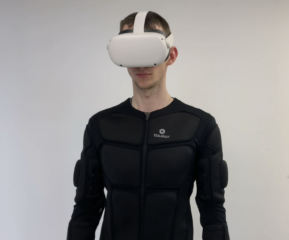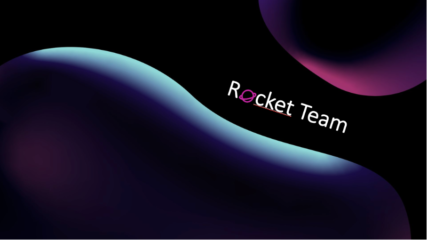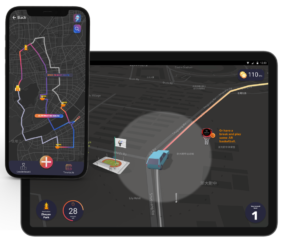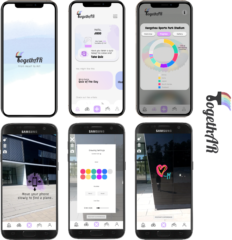Student projects
The research group offers a comprehensive teaching program in the field of information systems and human-computer interaction with a specific focus on designing gamified systems and games with a purpose. Our courses combine theory and practice by introducing the latest theoretical and methodological concepts in combination with practice-oriented examples. Following a challenge-based learning paradigm, our lectures are accompanied with a design or engineering project in which students can test and deepen their theoretical knowledge by solving practice-oriented challenges in teams. In the following we provide an overview of selected project results.
